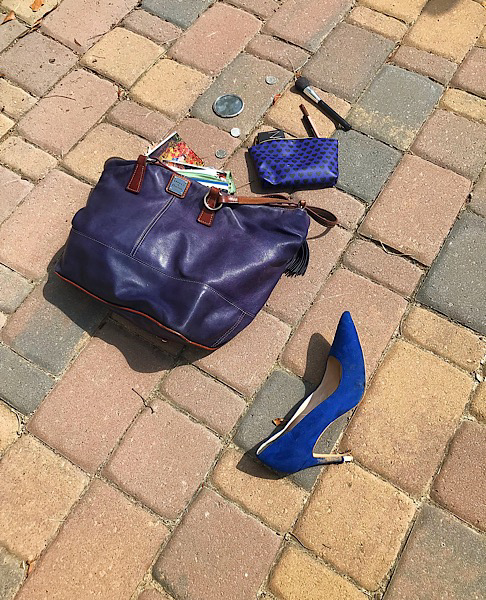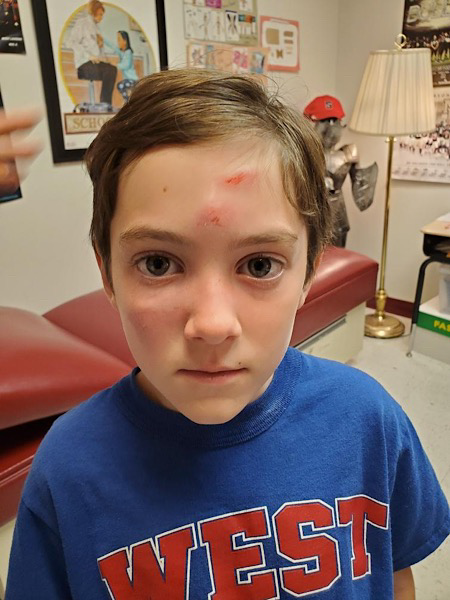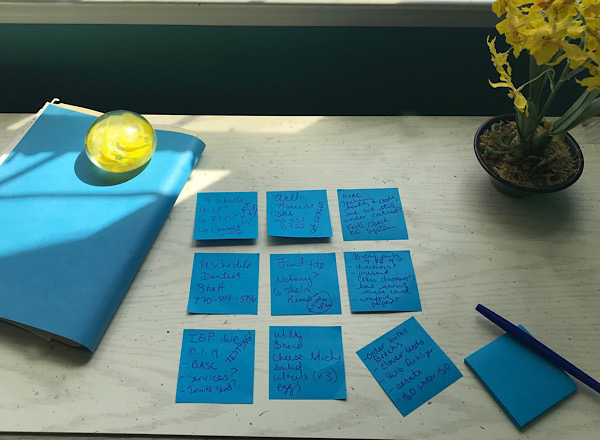The Storyteller
The attic was the best spot for stories.
Maybe it was the light. True, lamps would frequently flicker and bulbs burned out so fast it was a waste to change them, but the big bare window illuminated the corner enough for books but not enough to see the plaster cracking on the walls.
Maybe it was the rocking chair with the purple seat cushion made from her old baby blanket, perfectly her size.
Maybe it was the dust motes that settled on the woolen clothes and the warm musty smell of camphor and vanilla and sleepiness and haze.
Whatever the reason, the attic was the best spot for stories, and the place that Mabel brought her favorite story books. Today it was The Snow Queen and Other Tales.
As she started the book, she could almost feel the snowflakes on her cheeks, hear the jingle of the horse bells. The smell of cedar wood smoke. Peppermint and spun sugar.
Actually, the smell of peppermint seemed closer. She checked the pockets of the coat on the stand to see if any had materialized since the last time she had come up here to read. None yet.
Back to the book. The Snow Queen was coming. The horses were neighing. The cold winds and snow flurries became thicker near the coat. The crack and squeak of runners on fresh snow. The sound of footsteps from new legs, closer. Strong arms picking her up. She was coming.
The attic was the best spot for stories.
Maybe it was the light. True, lamps would frequently flicker and bulbs burned out so fast it was a waste to change them, but the big bare window illuminated the corner enough for books but not enough to see the plaster cracking on the walls.
Maybe it was the rocking chair with the purple seat cushion made from her old baby blanket, perfectly her size.
Maybe it was the dust motes that settled on the woolen clothes and the warm musty smell of camphor and vanilla and sleepiness and haze.
Whatever the reason, the attic was the best spot for stories, and the place that Mabel brought her favorite story books. Today it was The Snow Queen and Other Tales.
As she started the book, she could almost feel the snowflakes on her cheeks, hear the jingle of the horse bells. The smell of cedar wood smoke. Peppermint and spun sugar.
Actually, the smell of peppermint seemed closer. She checked the pockets of the coat on the stand to see if any had materialized since the last time she had come up here to read. None yet.
Back to the book. The Snow Queen was coming. The horses were neighing. The cold winds and snow flurries became thicker near the coat. The crack and squeak of runners on fresh snow. The sound of footsteps from new legs, closer. Strong arms picking her up. She was coming.
The attic was the best spot for stories.
A Case Of The Blues
Reflection
I think using visual images to convey stories would be a welcome addition to my classroom. Currently my 9th grade ELA class is working on identifying types of conflict and analyzing plot structure (exposition, rising action, climax, falling action, resolution.) This material very easily lends itself to trying to tell a compelling story in 5 pictures, with each picture corresponding with one of the essential parts of the plot. I think it would be helpful for students to use the images to identify other elements of fiction (characters, setting, etc.) within these visual stories. I would have to allow for some extra start up time for students to practice using cameras/technology. For my science class, the students just finished a unit on food webs and biogeochemical cycles, which does lend itself to using visuals, but they tend to be very straightforward images. The next unit is on population dynamics, and I can see potentially using visual narratives to tell the “story” of competition between species.









